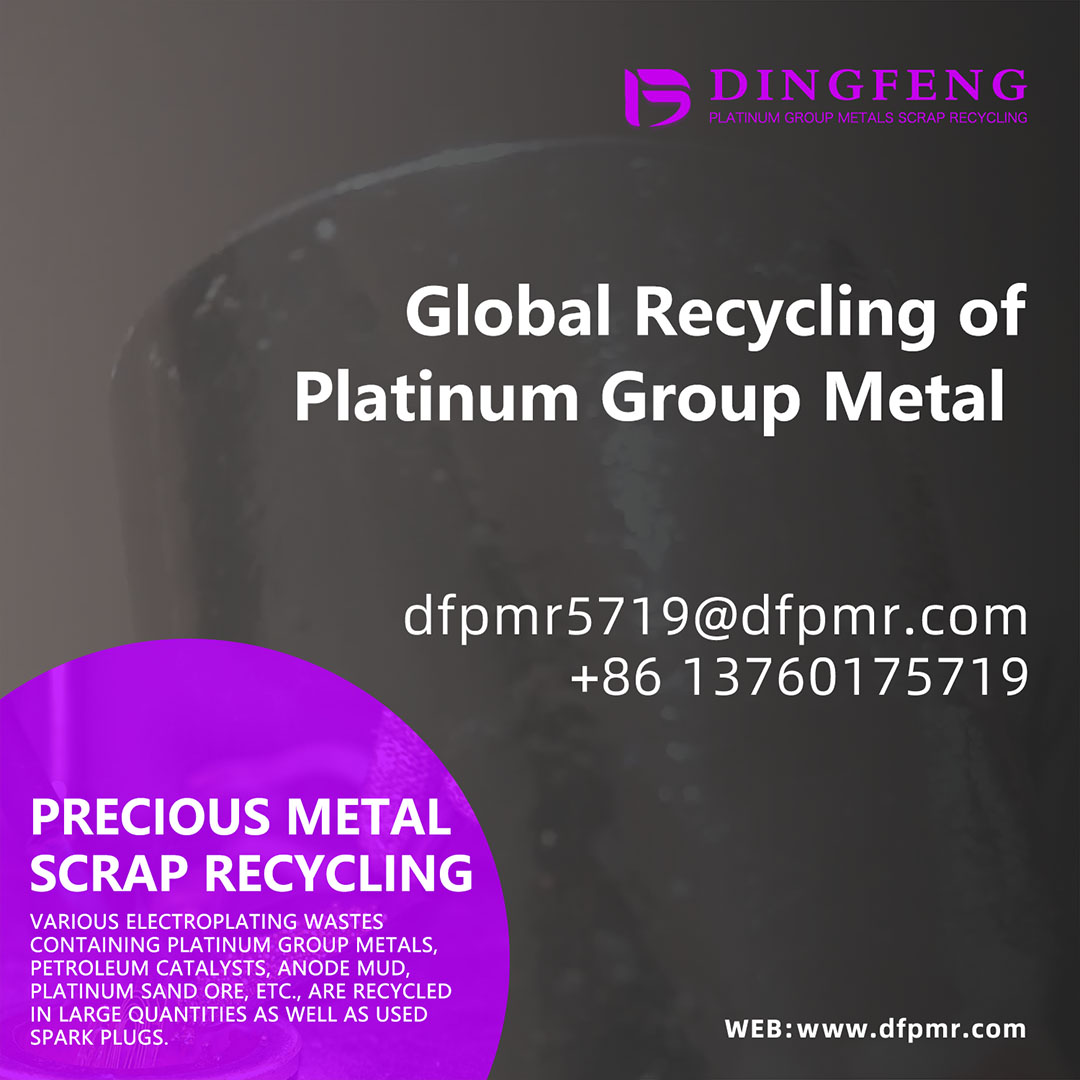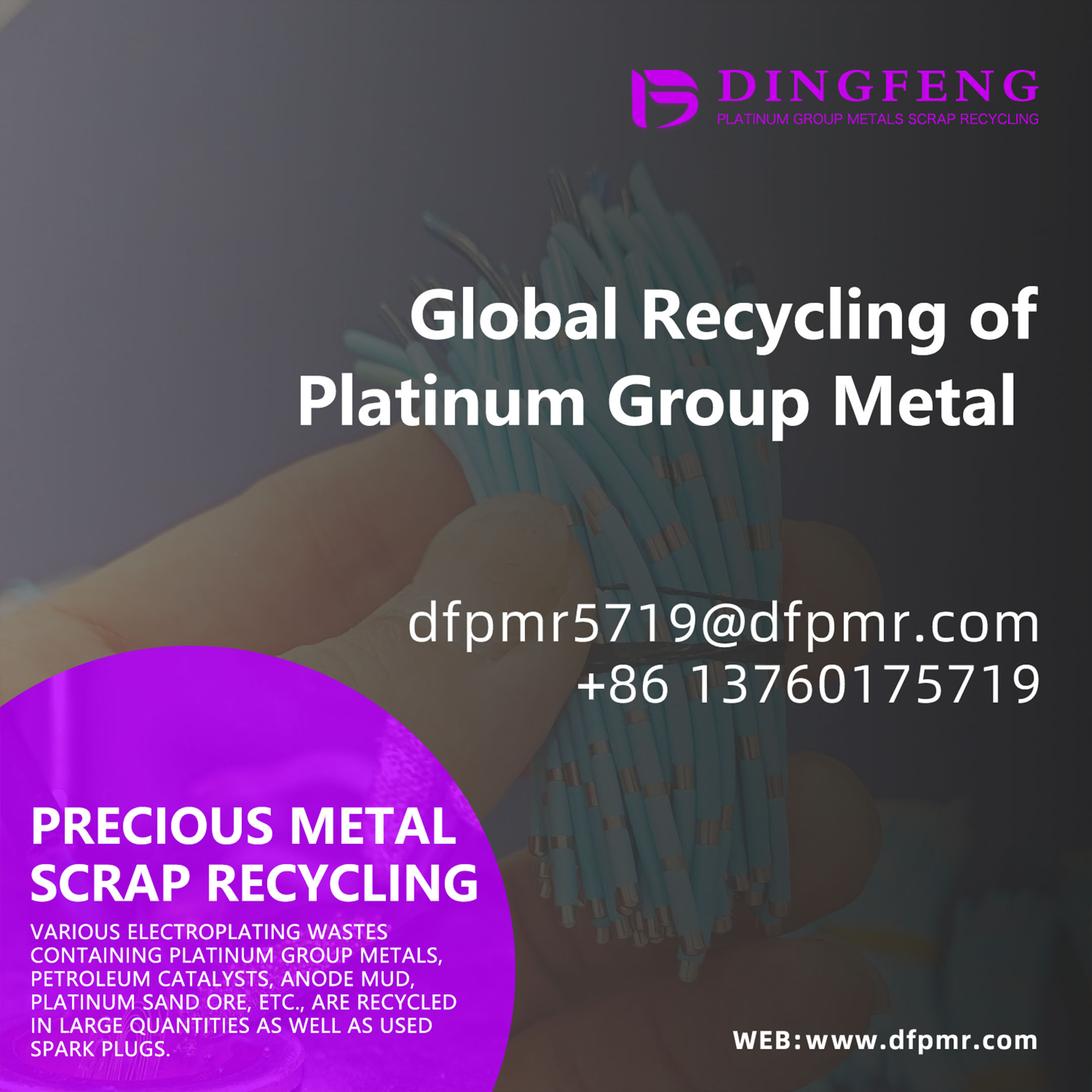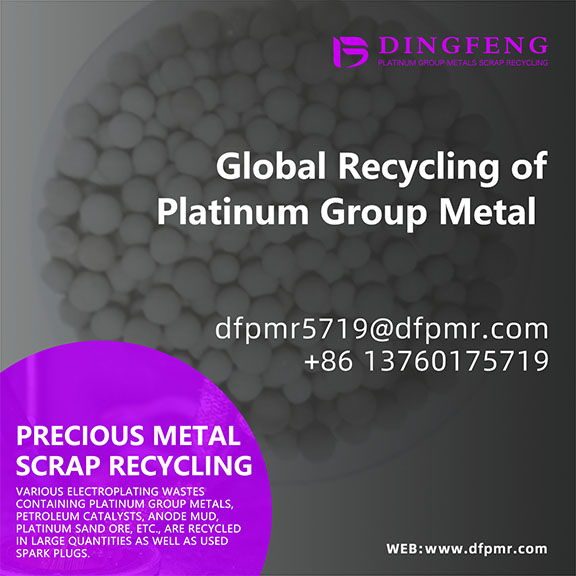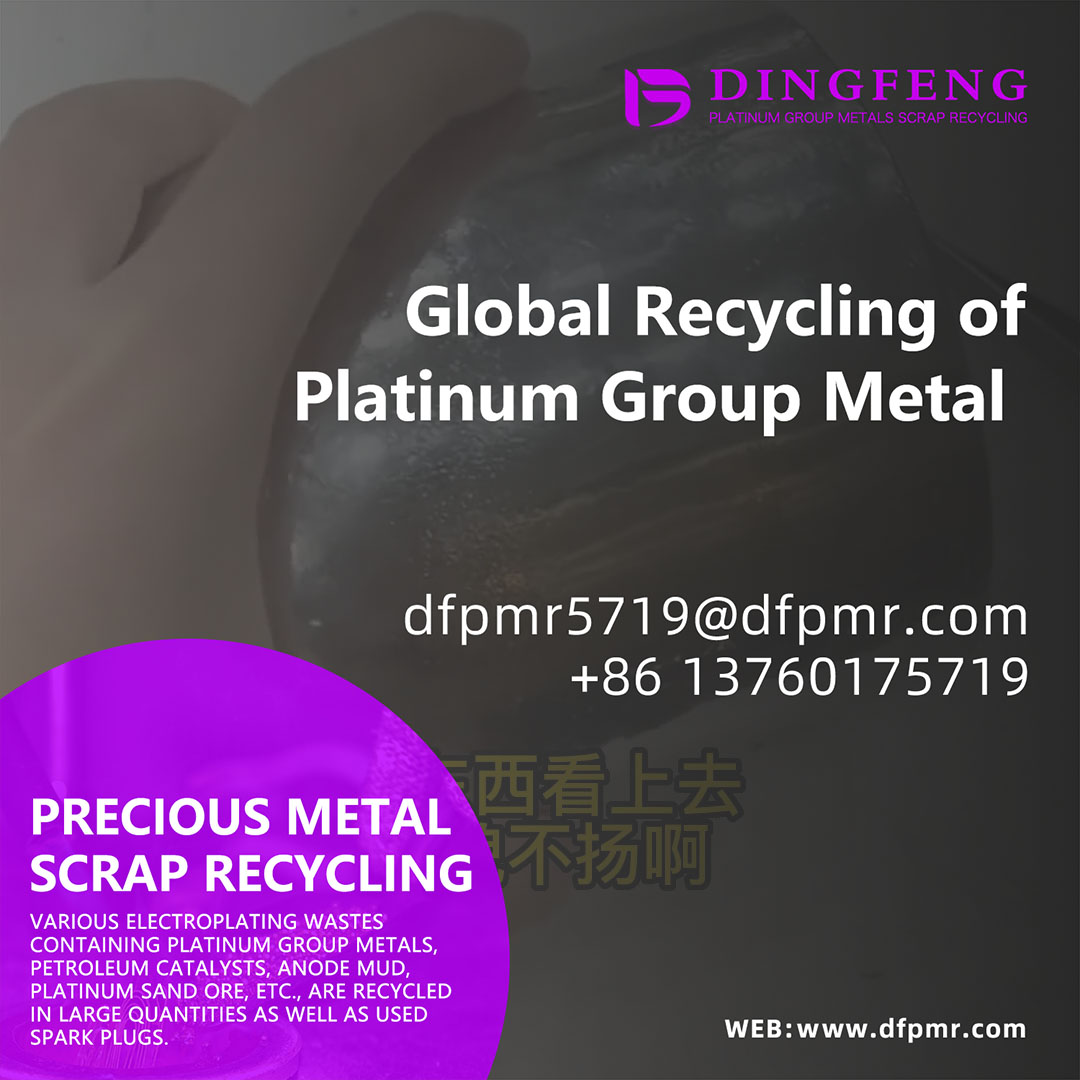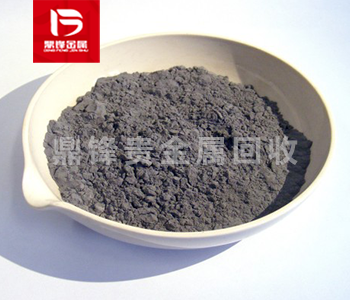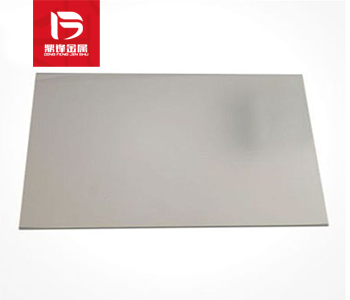Silver nitrate recovery, common Silver nitrate recovery methods, advantages and disadvantages
Silver nitrate waste is a kind of waste produced in silver mirror reaction, photography, electroplating and other industries, which contains a large number of silver elements. Due to the Scarcity and
Silver nitrate waste is a kind of waste produced in silver mirror reaction, photography, electroplating and other industries, which contains a large number of silver elements. Due to the Scarcity and high value of silver, it is of great significance to recycle Silver nitrate waste. This article will introduce in detail the common recovery methods of Silver nitrate waste and their advantages and disadvantages, in order to promote the development of environmental protection industry and the effective utilization of resources.
1、 Solvent extraction method
Solvent extraction is a common method in the recovery of Silver nitrate waste. This method is based on the high solubility of silver ions in organic solvents. By selecting appropriate organic solvents, silver ions in Silver nitrate waste can form complexes with extractants in organic solvents to achieve the separation and recovery of silver.
The steps of solvent extraction method are as follows: 1. Collect Silver nitrate waste and conduct preliminary treatment to remove impurities and solid particles. 2. Select suitable organic solvents and extractants, add them to the waste, and thoroughly stir and mix them. 3. After the silver ion and extractant form a complex, the organic phase and the aqueous phase are separated through phase separation technology. 4. The separated organic phase contains a high concentration of silver ion complexes, which can be further processed, such as heating and evaporating the solvent, to obtain pure silver. 5. The solvent extraction method has the advantages of high recovery rate, simple operation, and low cost, but there are also some problems, such as the selection and recovery of organic solvents, and the regeneration of extractants, which require more in-depth research and technical improvement.

2、 Electrolytic method
Electrolysis is another common method for recycling Silver nitrate waste. In this method, the silver ions in Silver nitrate waste are reduced to metallic silver under appropriate electrolytic conditions by using the electrochemical principle to realize the separation and recovery of silver.
The steps of electrolytic method are as follows: 1. Collect Silver nitrate waste and conduct preliminary treatment to remove impurities and solid particles. 2. Dissolve the silver ions in the waste in a suitable electrolyte and select the appropriate electrode material. 3. Conduct the electrolysis process at an appropriate current density and electrolysis time. The positive electrode absorbs silver ions and reduces them to metallic silver, while the negative electrode releases corresponding electrons. After completing electrolysis, remove the metal silver deposited on the positive electrode from the electrolytic cell.
The advantages of electrolysis method are high recovery rate, relatively simple operation, and high purity of recovered silver. However, the electrolysis process requires a large amount of electrical energy consumption, and attention should also be paid to the selection and treatment of electrolytes to prevent environmental pollution and difficulties in the treatment of electrolysis products.

3、 Chemical precipitation method
Chemical precipitation is another common method for the recovery of Silver nitrate waste. This method involves adding appropriate precipitants to react with silver ions in the waste to form insoluble precipitates, thereby achieving the separation and recovery of silver.
The steps of chemical precipitation method are as follows: 1. Collect Silver nitrate waste and conduct preliminary treatment to remove impurities and solid particles. 2. Select appropriate precipitants, such as sodium chloride, Sodium sulfide, etc., and add them into the waste materials, and fully stir and mix them. As the reaction progresses, the precipitant reacts with silver ions in the waste to form precipitates. 4. Filter and wash the precipitate to obtain pure silver precipitate. 5. Pure silver can be obtained through further processing, such as heating and calcination.
The chemical precipitation method has the advantages of simple operation and low cost, but it also needs to pay attention to the selection of precipitation agents and waste liquid treatment to avoid environmental pollution.
The recovery of Silver nitrate waste is of great significance for the effective utilization of resources and environmental protection. Solvent extraction, electrolysis, and chemical precipitation are commonly used recovery methods and technologies. Each method has its advantages and limitations, and it is necessary to choose an appropriate recycling method based on the specific situation, and combine it with other waste treatment technologies for comprehensive utilization. With the progress of science and technology and the deepening of research, we believe that there will be more efficient Silver nitrate waste recycling methods and technologies in the future, making greater contributions to sustainable development.
&Quot; Dingfeng Precious Metals Recycling includes precious metals such as gold, silver, palladium, rhodium, platinum, germanium, iridium, ruthenium, etc. This is our business in precious metal recycling. If you have precious metals such as gold, silver, palladium, rhodium, platinum, germanium, iridium, ruthenium that need to be recycled, please contact us and we will provide you with a satisfactory price& Quot;




